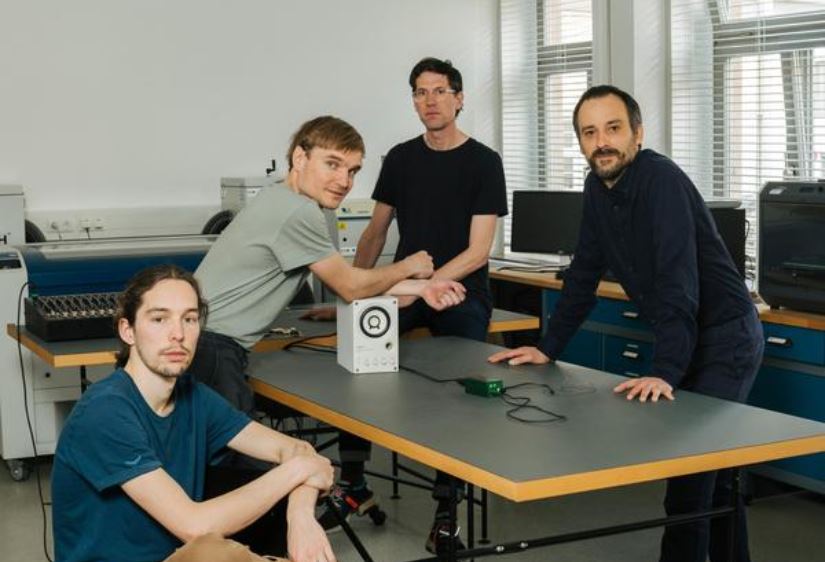On the way to strings of a new generation
In a research project funded by the German Federal Ministry for Economic Affairs and Climate Protection, completely new types of musical instrument strings are currently being developed at the Bauhaus-Universität Weimar.

According to the Bauhaus-Universität Weimar, the new string converts vibrations directly into an electrical signal: The string becomes its own pickup and is a microphone for vibrations and touch along its entire length. A special functional layer made of a polymer with so-called piezoelectric properties is responsible for this. Piezoelectricity is a phenomenon in which electrical voltage is generated when the pressure on the material is changed. When the string is played, the oscillating change in vibration creates a mechanical tension that makes it possible to obtain a clear signal of the respective tone.
The characteristic sound colorations that were previously produced by the resonating body can now be simulated and added electronically. Both the sound body and the reverberation in the room can be changed digitally at any time. According to the university, this enables a wide range of design options that are predetermined and unchangeable with traditional instruments.
Original article:
https://www.uni-weimar.de/de/medieninformationen/titel/musikinstrumente-mit-neuartigen-saiten-funktionieren-ohne-resonanzkoerper-und-tonabnehmer/








